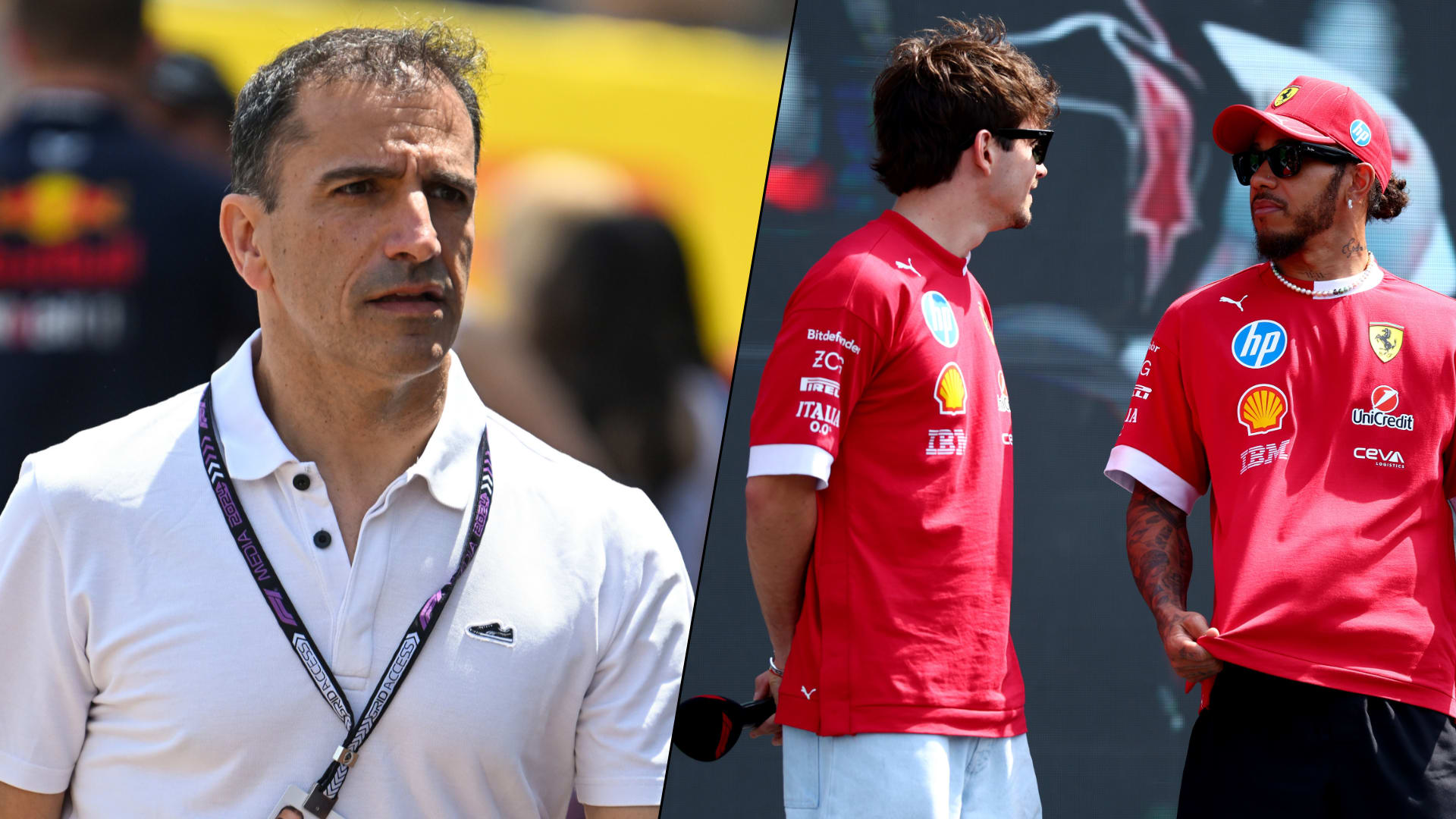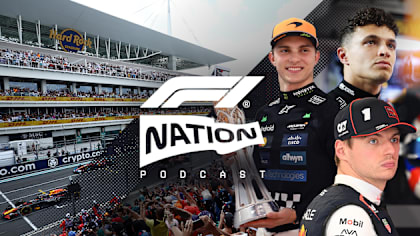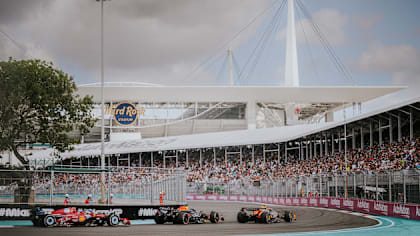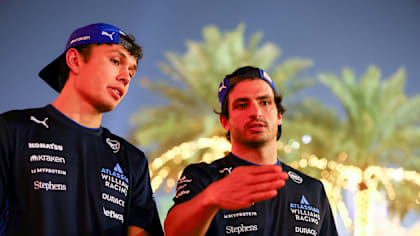
Feature
Unpicking the Safety Car period that turned the Abu Dhabi Grand Prix on its head – and Mercedes’ protest explained

Share

Was this the most dramatic and contentious conclusion of a world championship finale in the sport’s history? It’s certainly a contender, right up there with Brazil 2008 and Japan 1976.
Lewis Hamilton’s Mercedes dominated the event from the first lap until the penultimate one, but Max Verstappen’s Red Bull took the victory – and thereby the championship – on the last lap under circumstances Mercedes believed were invalid.
The controversy began on Lap 52, six from the end, when Nicholas Latifi – battling with Mick Schumacher’s Haas – crashed his Williams into the Turn 14 barriers. At this point Hamilton was leading Verstappen by 11s and was well on his way to an unprecedented eighth world championship.
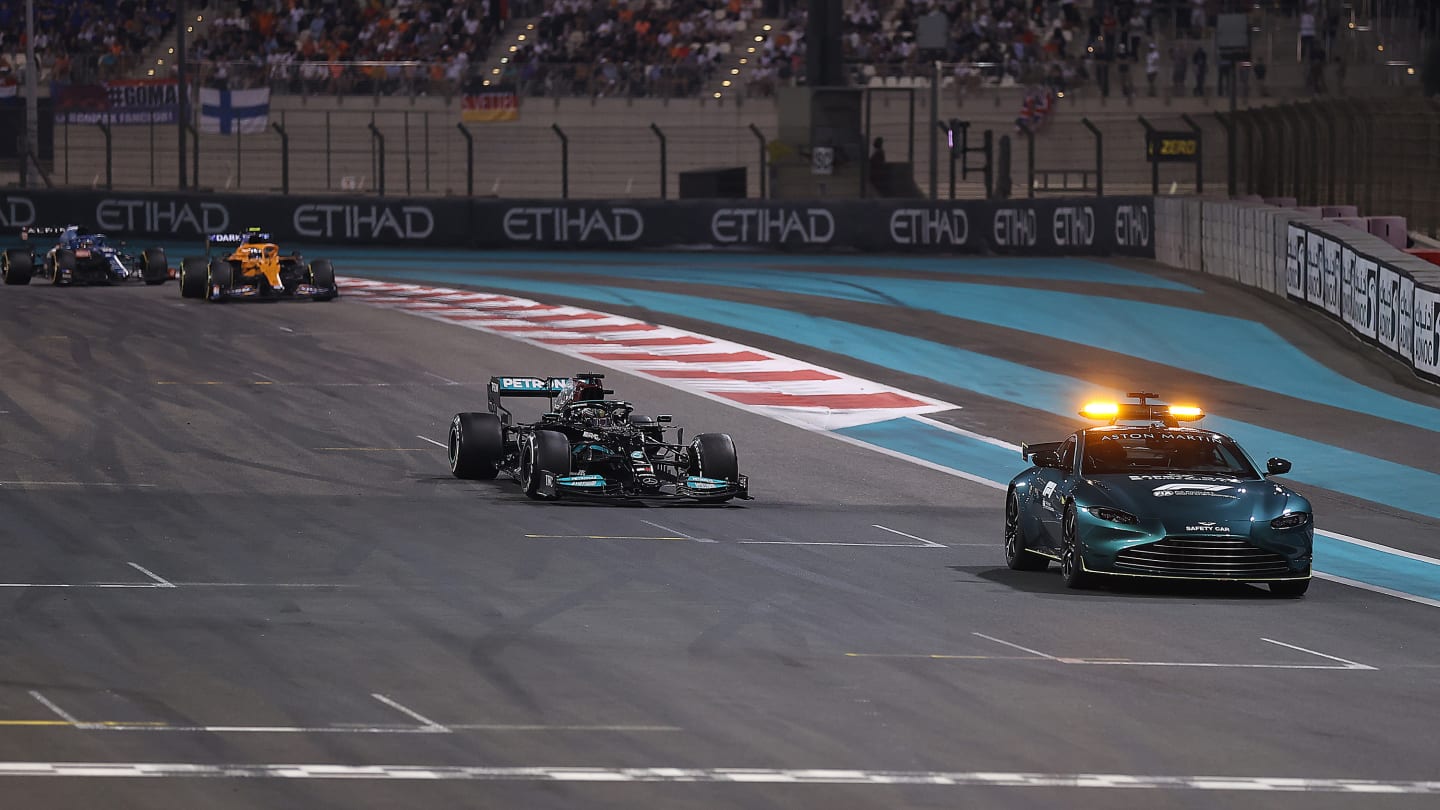
Hamilton was leading the race with a handful of laps to go when the Safety Car was called
Safety Car. With the field slowed to the Safety Car pace, it’s the perfect opportunity to get onto new tyres for the restart. Unless of course you are leading the race by less time than it would take to get into the pits, make your tyre change and accelerate back out again still leading. Eleven seconds wouldn’t have been enough to do that. In this situation, pitting Hamilton would always have triggered Red Bull into leaving Verstappen out there, in the lead with the race almost over.
Mercedes had to leave Hamilton out there – on hard compound tyres which had been on since Lap 14. Hamilton was potentially looking at a last-gasp restart for the race and the championship with his rival sitting right on his gearbox on a brand new set of softs. Of having his title taken from him by random fate.
READ MORE: ‘It was an emotional rollercoaster’ says Horner after thrilling Verstappen title win
But… it seemed like it might not come to that. As the car and the debris were removed, we were running out of laps. It seemed entirely possible that the race would end under the Safety Car. In the last couple of years there has been a general agreement with the teams that the Race Director should always endeavour to have the race ending under green flag conditions, even if only for a lap or two, as at Baku earlier this year.
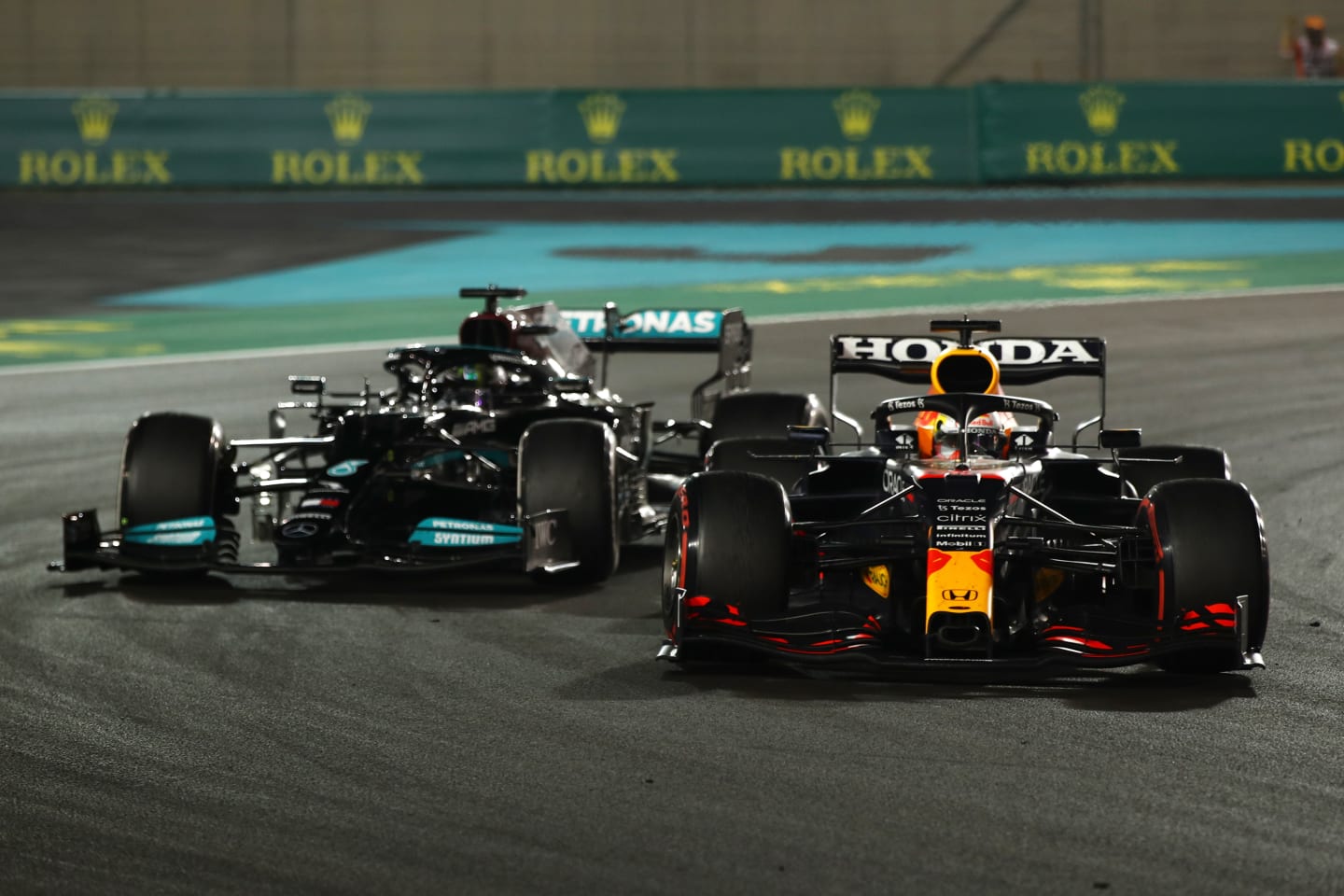
On the final lap, Verstappen passed his rival for the lead, and the championship
In this situation, that would have been impossible to achieve if normal sporting regulation protocol was followed. By Lap 56, with two laps to go, the scene was close to being cleared. In this situation, lapped cars are usually allowed to unlap themselves and the Safety Car then pits at the end of the following lap, giving those cars the chance to join the back of the pack before the race becomes live. But there wasn’t time to do that. This would have seen the Safety Car peeling off into the pit lane one corner from the chequered flag.
It is not compulsory for the lapped cars to be allowed to unlap themselves, but it is at the Race Director’s discretion. In this case, it seemed this is what would happen. There were, however, five lapped cars between Hamilton and Verstappen – those of Lando Norris, Fernando Alonso, Esteban Ocon, Charles Leclerc and Sebastian Vettel – so the ending may not have been dramatic.
So specifically the five lapped cars between Hamilton and Verstappen were allowed to unlap themselves, and the Safety Car would be coming in at the end of that lap, giving one lap of racing. Hamilton’s worst fears had been realised and Verstappen duly outbraked him on his much gripper tyres to win both race and title.
SIDE-BY-SIDE: Verstappen and Hamilton's final lap shootout for drivers' title
A furious Mercedes team filed two protests, one regarding the restart procedure and another which argued that Verstappen had momentarily passed Hamilton under the Safety Car.
The first protest was argued under article 48.12 of the sporting regulations, which states:
If the clerk of the course considers it safe to do so, and the message "LAPPED CARS MAY NOW OVERTAKE" has been sent to all Competitors via the official messaging system, any cars that have been lapped by the leader will be required to pass the cars on the lead lap and the Safety Car. This will only apply to cars that were lapped at the time they crossed the Line at the end of the lap during which they crossed the first Safety Car line for the second time after the Safety Car was deployed.
Having overtaken the cars on the lead lap and the Safety Car these cars should then proceed around the track at an appropriate speed, without overtaking, and make every effort to take up position at the back of the line of cars behind the Safety Car. Whilst they are overtaking, and in order to ensure this may be carried out safely, the cars on the lead lap must always stay on the racing line unless deviating from it is unavoidable.
Unless the clerk of the course considers the presence of the Safety Car is still necessary, once the last lapped car has passed the leader the Safety Car will return to the pits at the end of the following lap. If the clerk of the course considers track conditions are unsuitable for overtaking the message "OVERTAKING WILL NOT BE PERMITTED" will be sent to all Competitors via the official messaging system.

Red Bull were finally able to celebrate when the stewards announced their verdict several hours later
The stewards threw out this appeal, arguing that article 48.12 was overridden by article 48.13, which states:
When the clerk of the course decides it is safe to call in the Safety Car the message "SAFETY CAR IN THIS LAP" will be sent to all Competitors via the official messaging system and the car's orange lights will be extinguished. This will be the signal to the Competitors and drivers that it will be entering the pit lane at the end of that lap.
Having considered the various statements made by the parties the Stewards determine the following:
That Article 15.3 allows the Race Director to control the use of the Safety Car, which in our determination includes its deployment and withdrawal. That although Article 48.12 may not have been applied fully, in relation to the Safety Car returning to the pits at the end of the following lap, Article 48.13 overrides that and once the message “Safety Car in this lap” has been displayed, it is mandatory to withdraw the Safety Car at the end of that lap.
That notwithstanding Mercedes’ request that the Stewards remediate the matter by amending the classification to reflect the positions at the end of the penultimate lap, this is a step that the Stewards believe is effectively shortening the race retrospectively, and hence not appropriate.
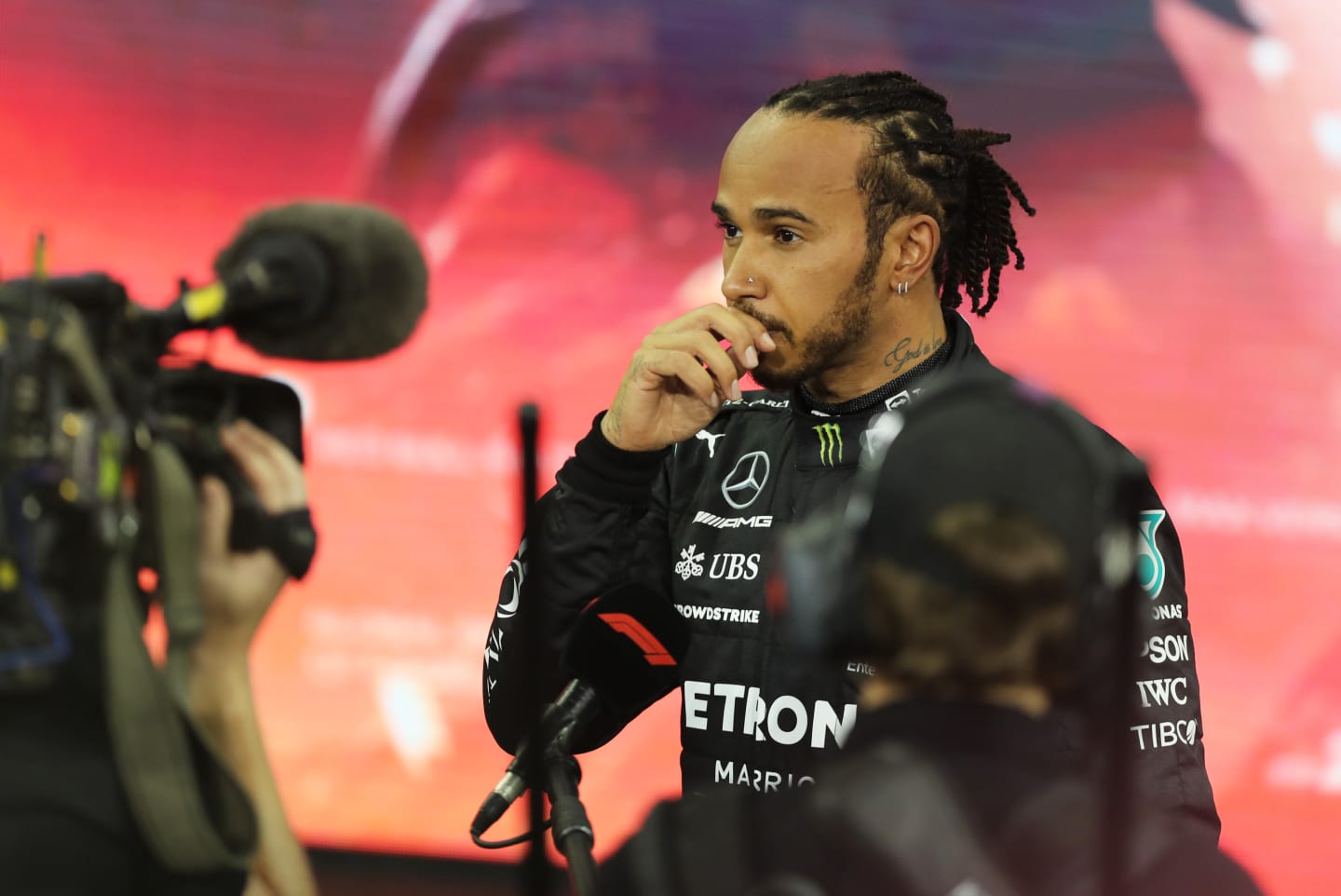
Hamilton was gracious in defeat, after coming agonisingly close to the title
Regarding the overtaking behind the Safety Car, article 48.8 states:
With the exception of the cases listed under a) to h) below, no driver may overtake another car on the track, including the Safety Car, until he passes the Line (see Article 5.3) for the first time after the Safety Car has returned to the pits.
The stewards also threw out this protest on the following grounds:
Having considered the various statements made by the parties. The Stewards determine that although Car 33 [Verstappen] did at one stage, for a very short period of time, move slightly in front of Car 44, at a time when both cars where accelerating and braking, it moved back behind Car 44 [Hamilton] and it was not in front when the Safety Car period ended (i.e. at the line).
HIGHLIGHTS: Relive Hamilton and Verstappen’s dramatic fight in the Abu Dhabi GP
On such things, the 2021 championship decider turned. And it’s a championship decider that people are likely to be discussing for many years to come.
YOU MIGHT ALSO LIKE
FeatureF1 Unlocked F1 ICONS: MotoGP legend Casey Stoner on the ‘freaking phenomenally talented drivers’ who have inspired him
Podcast F1 NATION: Piastri to push on? Norris to bounce back? Verstappen the underdog? It’s our Miami Grand Prix preview
News What is the weather forecast for the 2025 Miami Grand Prix?
FeatureF1 Unlocked BARRETTO: The Saudi Arabian GP proved things are starting to click for Williams’ new all-star driver line-up
